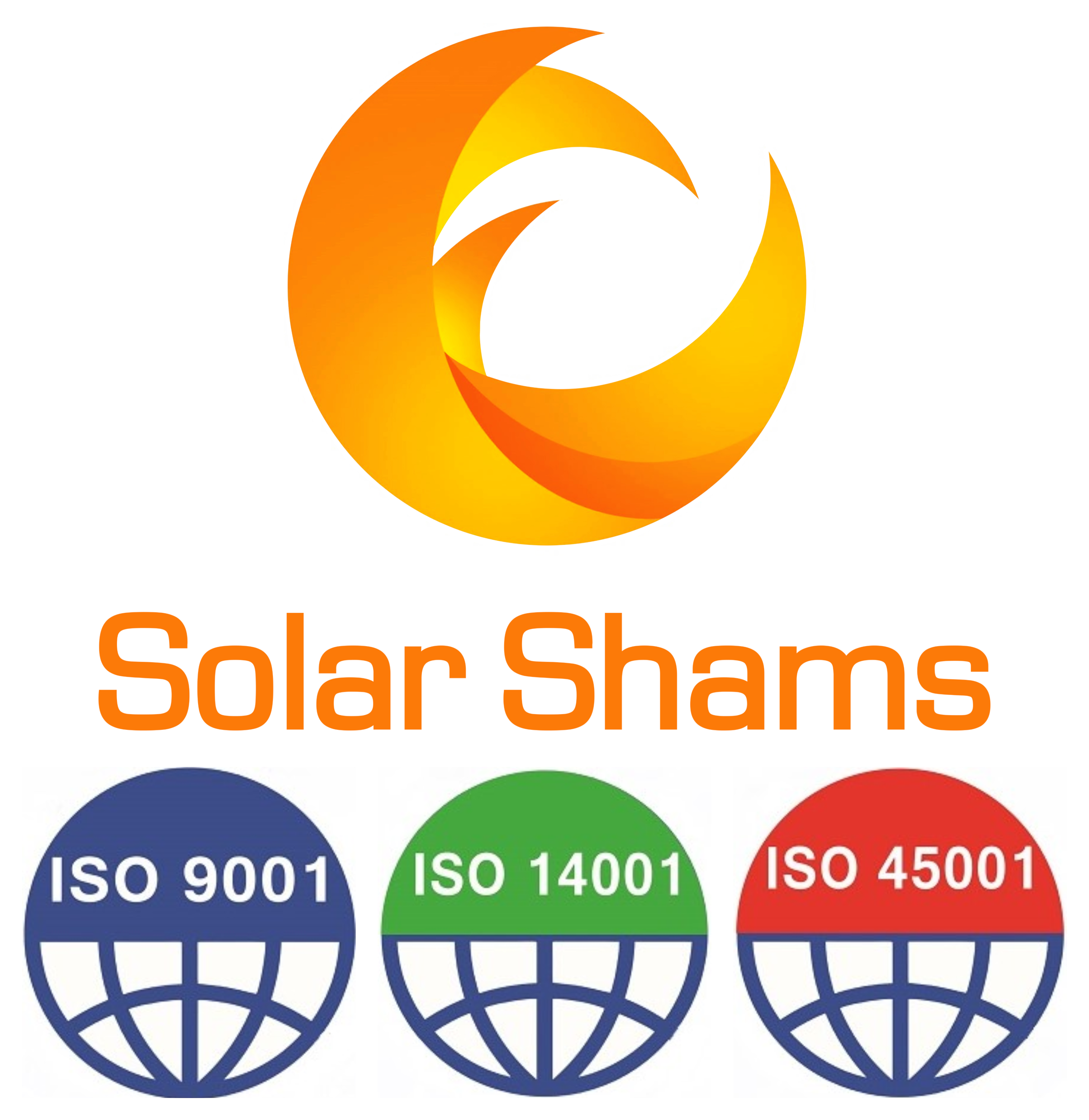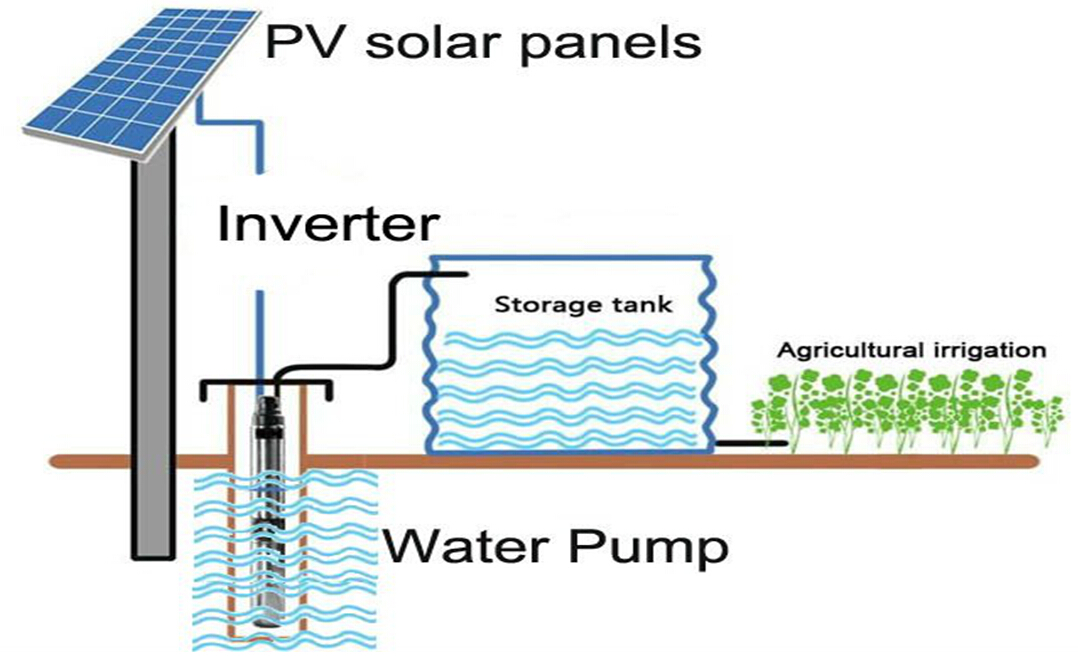- Home
- Technology Solutions
- Market Applications
- Services
- Engineering, Procurement & Contraction (EPC)
- Solar Projects Development (include feasibility studies)
- Construction & Projects Management
- Independent Power Production (IPP) (include investment)
- Investment & Financing
- Operation & Maintenance (O&M)
- Measurement
- Industrial Roof
- Independent Power Production (IPP) (include investment)
- Projects
- About Us
- News
- Celebration of the national day of Switzerland
- Interview on Al-Hadath Satellite Channel
- Reward from Emisal
- Schlumberger 0.5 MWp Car Shade Testing & Commissioning
- Sky News Report
- Swiss Ambassador's Residence Website
- Hadith Al Saa’a: the crisis of investment in renewable energy between investors and the government
- Installation at Kandil Steel Kama II
- Solar Expo & Forum Exhibition
- The Solar Show MENA 2020
- Careers
- Contact Us
Solar pumping
solar-powered pump is a pump running on electricity generated by photovoltaic panels or the radiated thermal energy available from collected sunlight as opposed to grid electricity or diesel run water pumps. The operation of solar powered pumps is more economical mainly due to the lower operation and maintenance costs and has less environmental impact than pumps powered by an internal combustion engine (ICE). Solar pumps are useful where grid electricity is unavailable and alternative sources (in particular wind) do not provide sufficient energy.
This solar water pumps up to 5 hp is useful for farmers.
A solar-powered pump is a pump running on electricity generated by photovoltaic panels or the radiated thermal energy available from collected sunlight as opposed to grid electricity or diesel run water pumps. The operation of solar powered pumps is more economical mainly due to the lower operation and maintenance costs and has less environmental impact than pumps powered by an internal combustion engine (ICE). Solar pumps are useful where grid electricity is unavailable and alternative sources (in particular wind) do not provide sufficient energy.
Components
A photovoltaic solar powered pump system has three parts:
solar panels.
the controller
the pump
The solar panels make up most (up to 80%) of the systems cost. The size of the PV-system is directly dependent on the size of the pump, the amount of water that is required (m³/d) and the solar irradiance available.
The purpose of the controller is twofold. Firstly, it matches the output power that the pump receives with the input power available from the solar panels. Secondly, a controller usually provides a low voltage protection, whereby the system is switched off, if the voltage is too low or too high for the operating voltage range of the pump. This increases the lifetime of the pump thus reducing the need for maintenance. Other ancillary functions include automatically shutting down the system when water source level is low or when the storage tank is full, regulating water output pressure, blending power input between the solar panels and an alternate power source such as the grid or a petrol generator, and remotely monitoring and managing the system through an online portal offered as a cloud service by the manufacturer.
Voltage of the solar pump motors can be AC (alternating current) or DC (direct current). Direct current motors are used for small to medium applications up to about 4 kW rating, and are suitable for applications such as garden fountains, landscaping, drinking water for livestock, or small irrigation projects. Since DC systems tend to have overall higher efficiency levels than AC pumps of a similar size, the costs are reduced as smaller solar panels can be used.
Finally, if an alternating current solar pump is used, an inverter is necessary that changes the direct current from the solar panels into alternating current for the pump. The supported power range of inverters extends from 0.15 to 55 kW and can be used for larger irrigation systems. However, the panel and inverters must be sized accordingly to accommodate the inrush characteristic of an AC motor. To aid in proper sizing, leading manufacturers provide proprietary sizing software tested by third party certifying companies. The sizing software may include the projected monthly water output which varies due to seasonal change in insolation.

